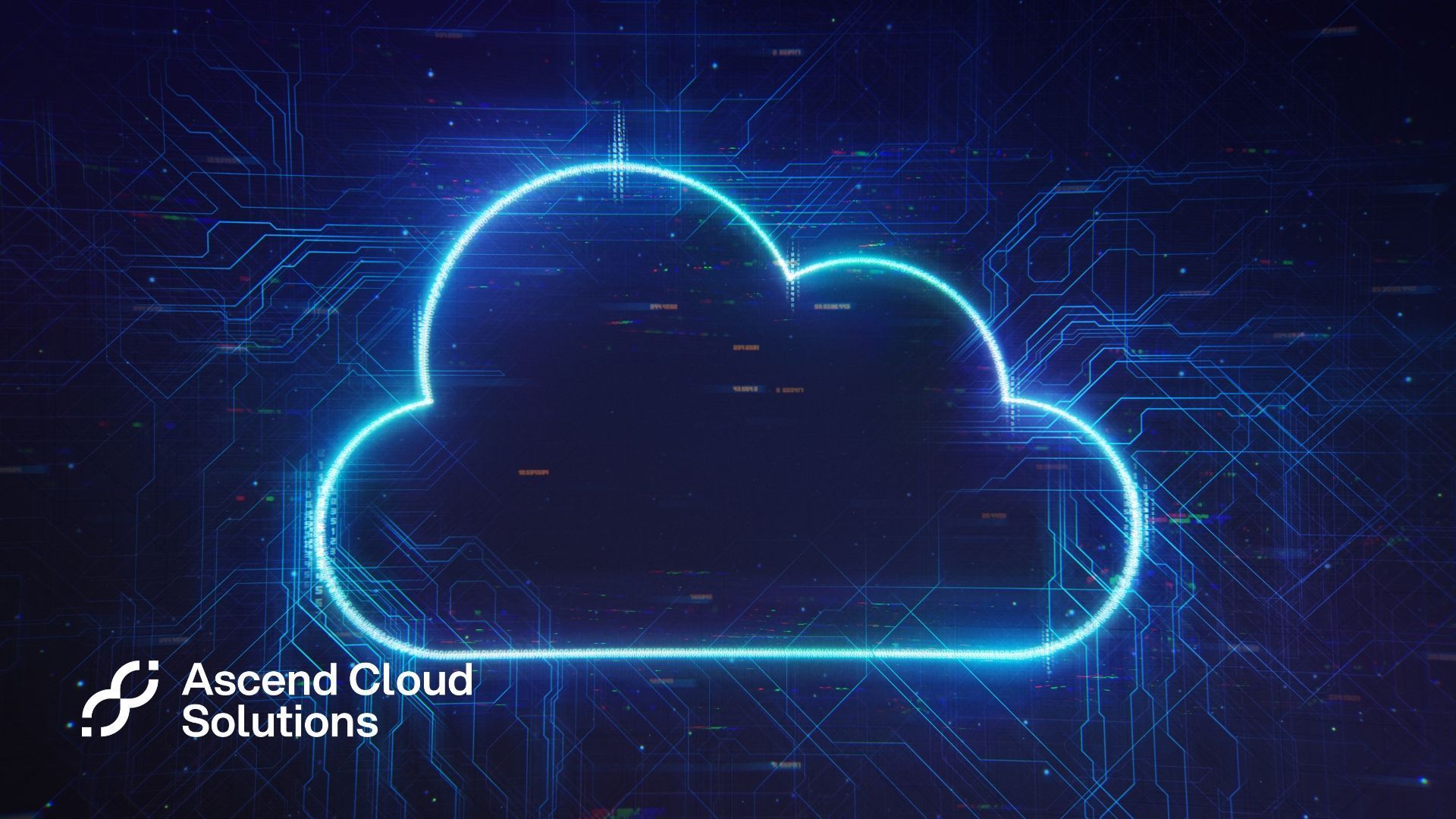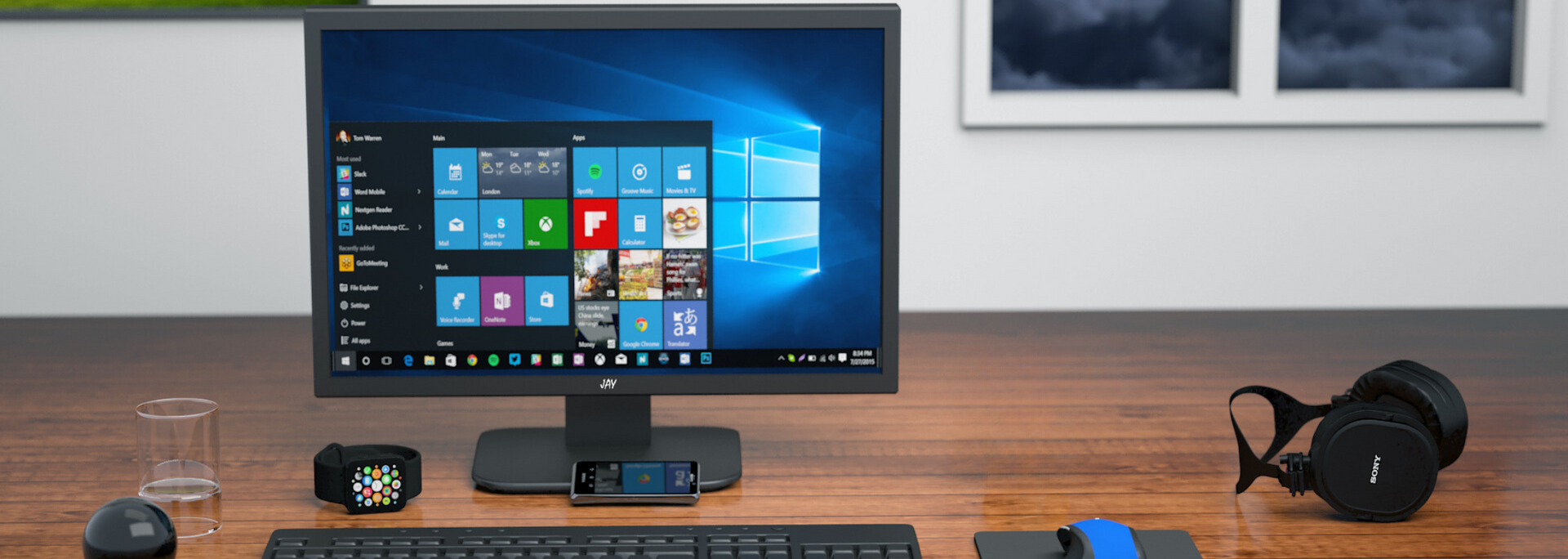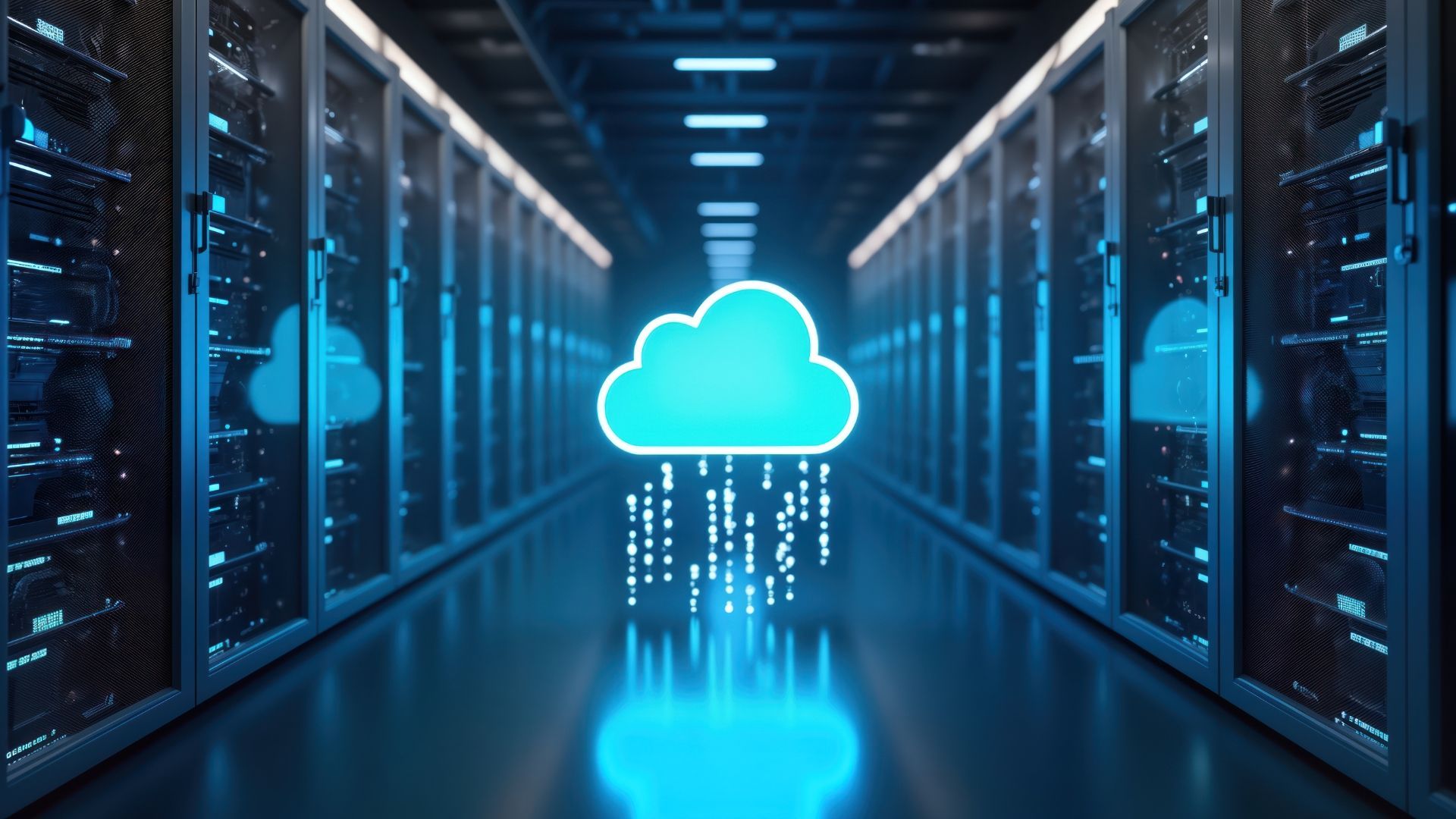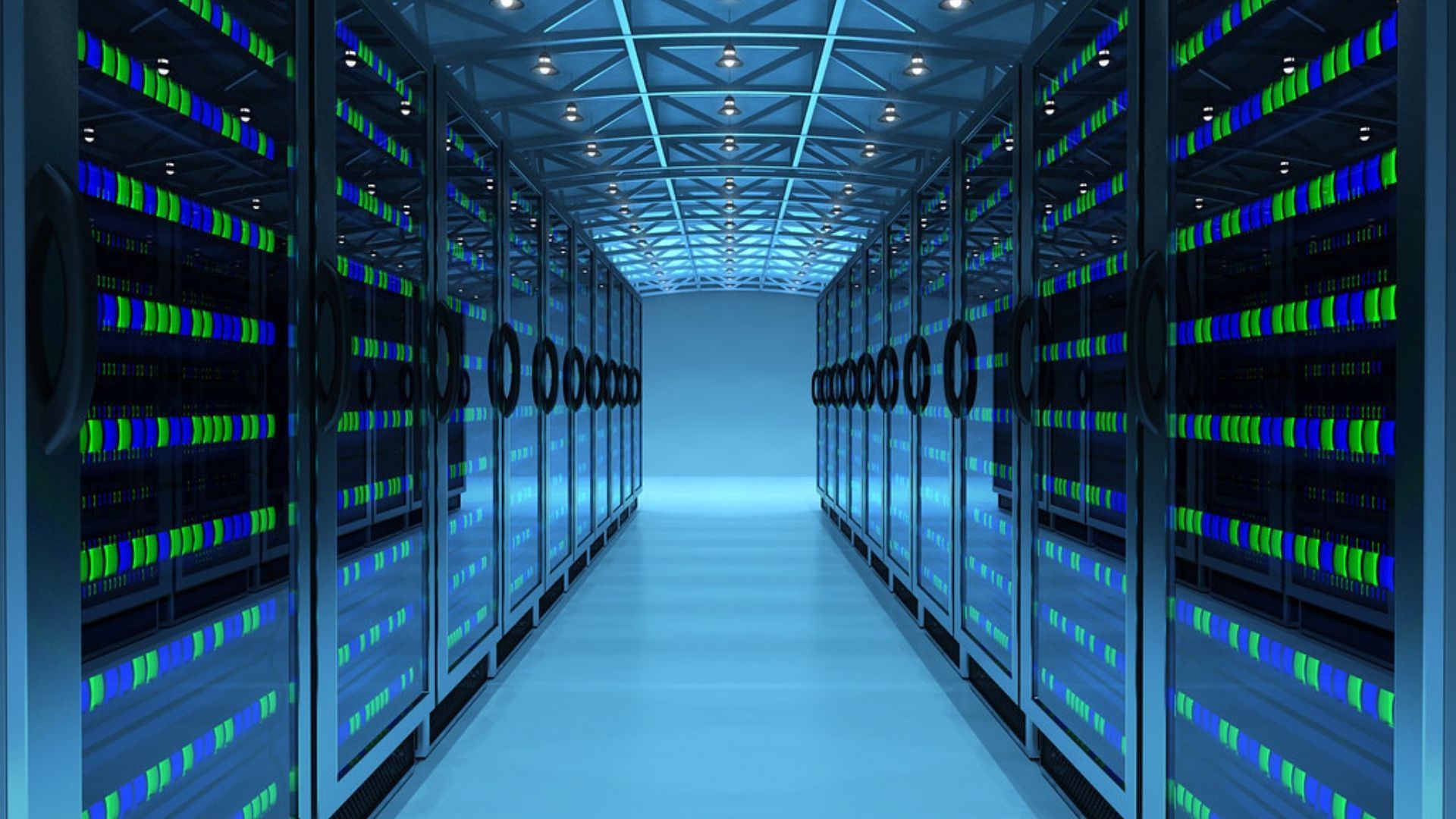Stateful or stateless VDIs: which is best for you?
Looking to make the move to a VDI but unsure whether to go for a stateful or stateless solution? Join us as we run through the pros and cons of each.

Are you moving to a virtual desktop infrastructure (VDI)? Then you may find yourself at a fork in the road. There's a sign ahead of you: turn left for "stateful" or right for "stateless". Which turn do you take?
The difference is relatively easy to grasp – it's certainly not the most arcane aspect of present-day cloud technologies. With a stateful VDI, user information gets saved between sessions. With stateless, any changes made to the desktop are wiped clean.
The first VDIs were all stateful. Traditional PCs were shifted into data centres, creating one-to-one virtual machine (VM) copies. If a user customised the desktop, they could rest assured that the changes would persist, session after session.
In some contexts, this remains the most common form of VDIs. But it comes with a problem: it can be a nightmare to manage.
Stateless VDIs, by contrast, are born anew with every session. They're not unlike the virtual desktop equivalent of "incognito mode" on your browser: at the end of each session, the environment resets to its factory default.
With stateless VDI, engineers use something called a "golden image". This is the factory-default, off-the-hook virtual desktop. It includes the operating system and configuration settings. Rather than each user having a personalised desktop, stateless VDIs group or pool together VMs.
When you log in, a clone is "spun up" (as they say in the VDI world). This means that a VM gets pulled from the pool and assigned to a user. When the user is done, the VM is returned to the pool.
Before we look at the pros and cons of each, a word on terminology. Stateful and stateless VDIs are sometimes known as "persistent" and "non-persistent", respectively. For the purposes of this article, we'll just be using "stateful" and "stateless".
What are the advantages of stateful VDIs?
A key advantage of stateful VDIs is that they don't rock the boat. Your employees are used to stateful desktop environments.
Before businesses moved en masse to the cloud, desktops were local and tied to hardware. A staff member would log in each day, arrange their icons as they pleased and choose their own screensaver. Customisation is part of the comfort of using your own device.

And even today, when so much corporate data and software resides in the cloud, people are used to statefulness. Cookies, history, remembered passwords – all of these are possible because of stateful browsers.
This way of working is convenient. It means you don't have to keep re-entering passwords, addresses and payment details. It also allows for algorithmic recommendations, which are now such a familiar part of online shopping.
For this reason, a stateful VDI is familiar, even homely, to workers in all industries. Your teams are more likely to be on board with a stateful VDI than with its stateless equivalent.
The main downside relates to administration. Customised VMs require more storage capacity and more management. It's far more complex than working with just a single golden image, as is the case with stateless solutions.
What are the advantages of stateless VDIs?
There are two main things that stateless offers and stateful doesn't.
The first is that it's cheaper and easier to maintain. Because stateless VDIs are built from golden images, they're easier to provision. IT can quickly spin up a desktop for any user who needs one.
The second is that they're highly secure. Cyber security is, of course, high up on every business's agenda – not least because of GDPR and other regulatory frameworks which mean that data breaches can be punished with fines.

Most data breaches and denial-of-service attacks are possible only because of a stateful design. For a cyber criminal to succeed in wreaking havoc, they need a stable, persistent environment. To take an offline analogy, you can't case the joint if it keeps changing address.
So by wiping the slate clean after every session, you're ensuring that your desktop environments are super-secure. Devices are accessing storage only when in use – which is far more economical than all devices using it all the time. This slashes costs for shared storage.
What's better, stateful or stateless VDIs?
As with many things in the cloud world, it all depends on who you are and what you need it for.
Let's say you have full-time staff who need to access their desktop on the reg. This could apply to software developers, healthcare staff, engineers, architects, lawyers or students. For these types of workers, stateful is your safest bet.
But there are other contexts in which users need access to simple applications and not much else. They don't need to personalise their work environment or have a persistent user history. This applies to call centres, data entry and customer self-service.
In these use cases, stateless is best.
What is VMware Horizon?
Here at Ascend Cloud Solutions, we're experts in VMware's suite of cloud-based virtualisation software. One of VMware's most exciting offerings is called Horizon. It allows technicians to administer stateless VDIs at lightning speed from a single console.
This has several advantages. First, you hand responsibility for infrastructure over to VMware.
Second, it provides a familiar and painless desktop UX, regardless of whether you're working from an on-premise server or a cloud environment.
On top of that, it's cheap, easy to maintain and highly secure – a far cry from the days when your IT technician would have to spend their working day helping individual users configure their devices.
The bottom line is that VMware Horizon provides your hybrid teams with secure, fast access to corporate data and software.
Each enterprise has its own requirements – and you may find that yours are best met by a stateful VDI. But if your priorities are simple provision and low costs, VMware Horizon could be the solution for you.
At Ascend Cloud Solutions, we provide
managed cloud migrations ,
cloud consultancy services and more. We're VMware experts with a proven track record of success. Interested in our services? Then
get in touchtoday for a no-obligation consultation.












